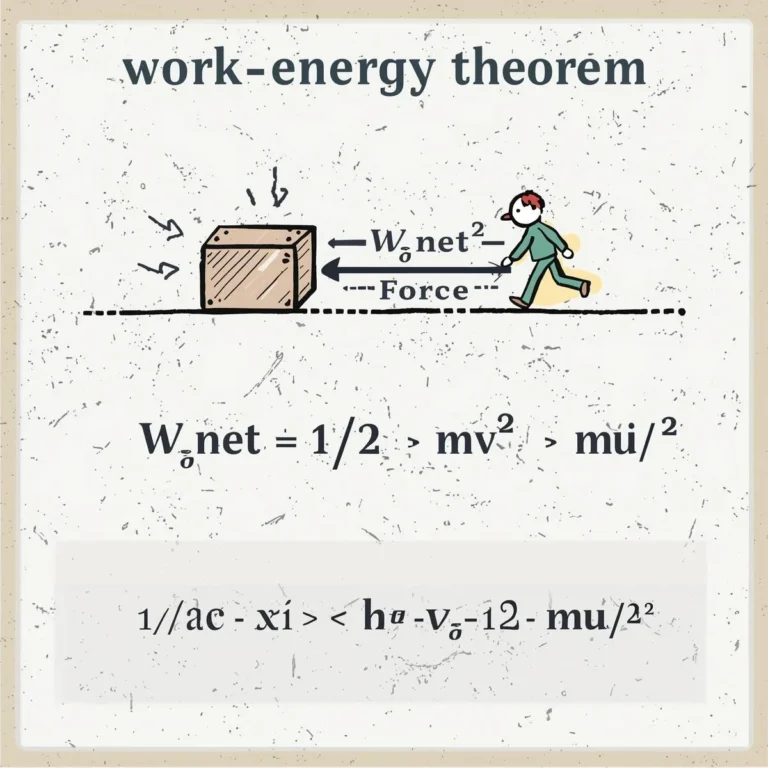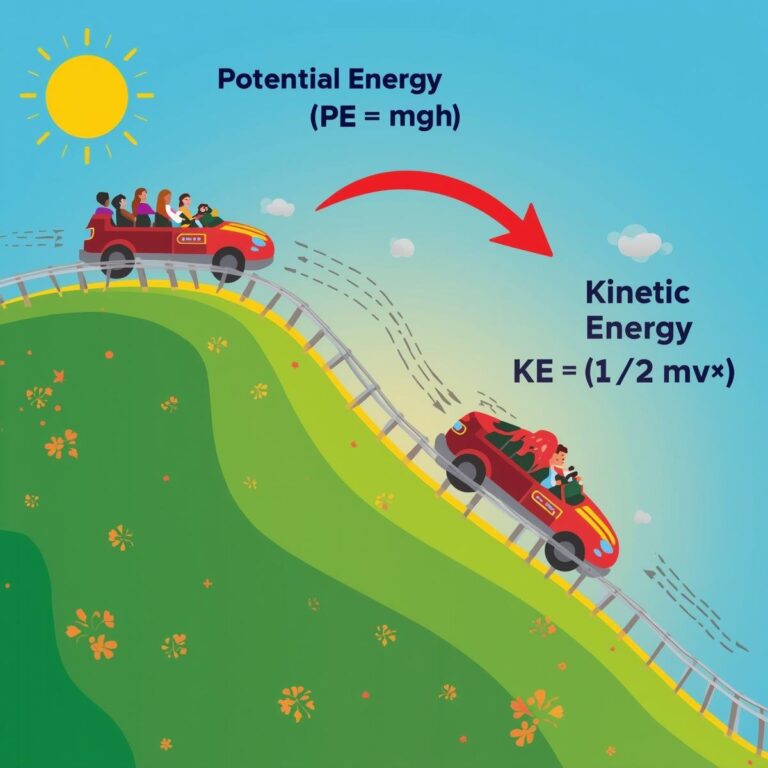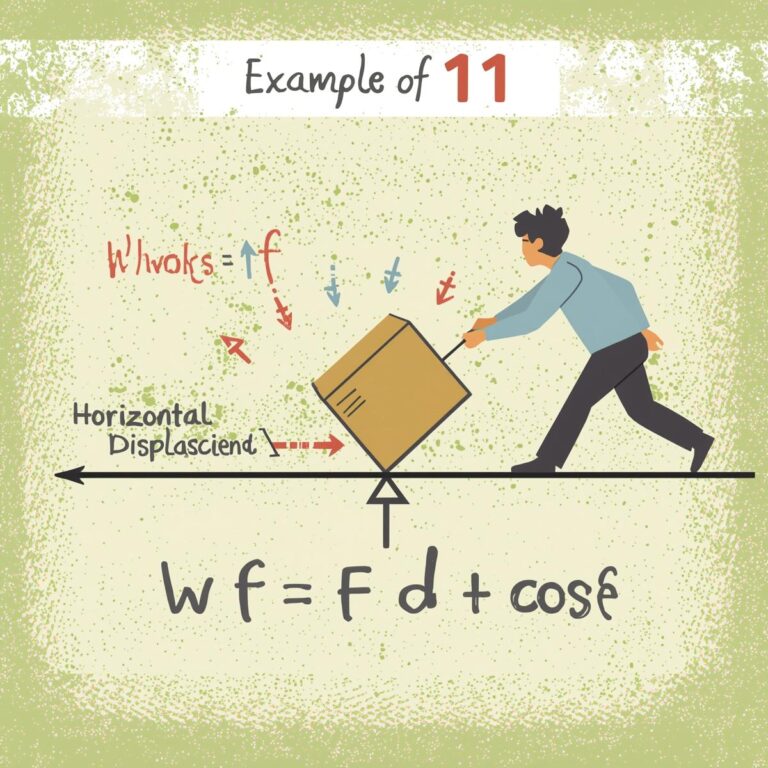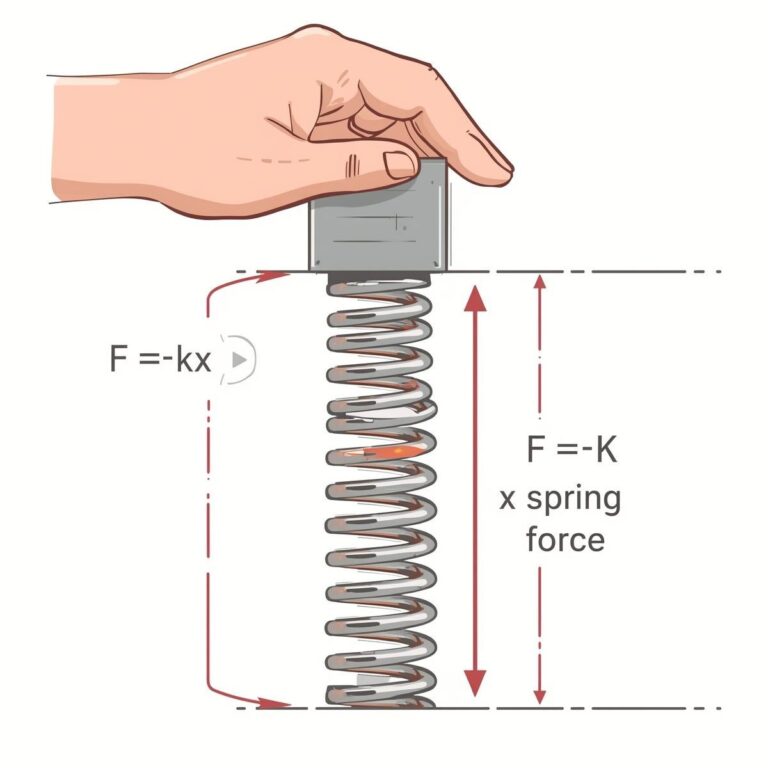Definition
Newton’s Third Law of Motion states that for every action, there is an equal and opposite reaction. This means that whenever one object exerts a force on a second object, the second object exerts an equal force in the opposite direction on the first object.
Explanation
- Forces always occur in pairs: action and reaction.
- These forces act on different objects, not on the same object.
- The magnitudes of the action and reaction forces are always equal, but their directions are opposite.
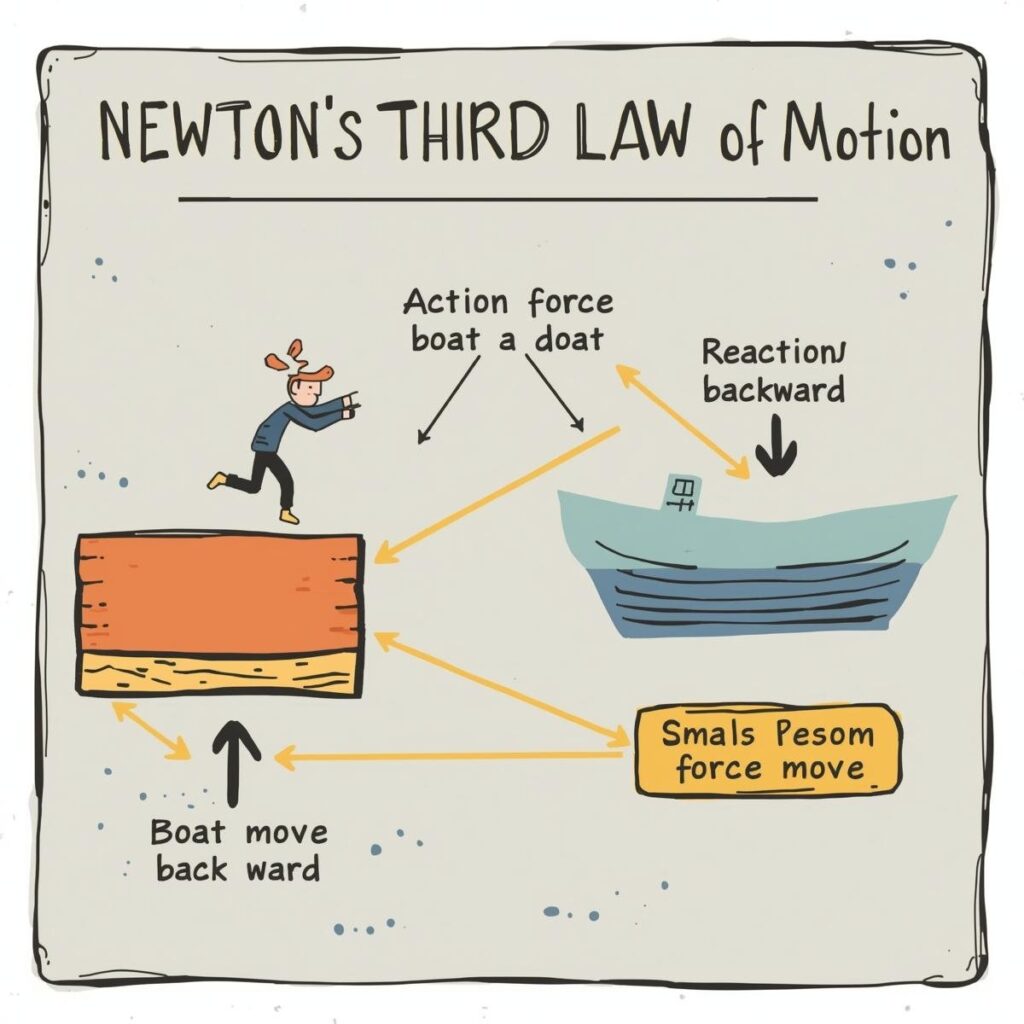
Formula
F₁₂ = -F₂₁
Where:
- F₁₂ = force exerted by object 1 on object 2
- F₂₁ = force exerted by object 2 on object 1
Derivation
Consider two objects, A and B, interacting with each other.
- Object A exerts a force F₁₂ on object B.
- Object B exerts a force F₂₁ on object A.
According to Newton’s Third Law:
F₁₂ = -F₂₁
This means the force exerted by A on B is equal in magnitude and opposite in direction to the force exerted by B on A.
Example
- When a person jumps off a boat, the person moves forward (action), and the boat moves backward (reaction).
- When a gun is fired, the bullet moves forward (action), and the gun recoils backward (reaction).
- Walking: The foot pushes backward on the ground (action), and the ground pushes the foot forward (reaction).
Illustrative Image
Summary Table
| Aspect | Description |
|---|---|
| Law Name | Newton’s Third Law |
| Statement | For every action, there is an equal and opposite reaction |
| Formula | F₁₂ = -F₂₁ |
| Example | Jumping off a boat, gun recoil, walking |
